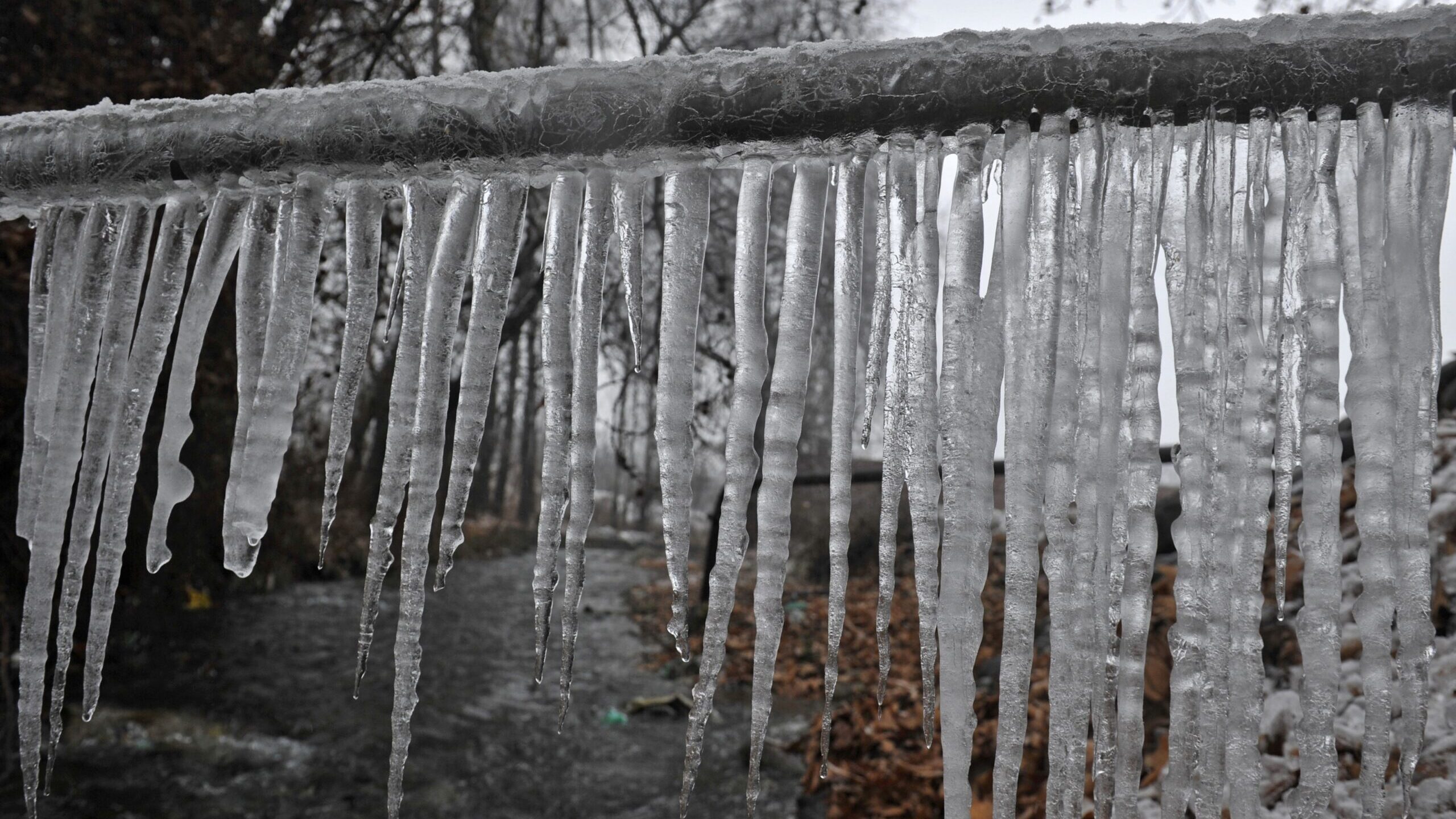Ways to Prevent Frozen Plumbing in Cold Weather: Pro Guidance
Ways to Prevent Frozen Plumbing in Cold Weather: Pro Guidance
Blog Article
Are you trying to find additional info concerning Preventing and dealing with frozen pipes?

Cold weather can wreak havoc on your pipes, especially by freezing pipelines. Below's how to avoid it from happening and what to do if it does.
Introduction
As temperature levels drop, the danger of frozen pipes increases, potentially bring about costly repair work and water damages. Understanding just how to stop frozen pipes is essential for house owners in cool environments.
Comprehending Frozen Pipelines
What creates pipes to freeze?
Pipes ice up when revealed to temperatures below 32 ° F (0 ° C) for extended periods. As water inside the pipelines ices up, it expands, taxing the pipeline wall surfaces and possibly triggering them to rupture.
Dangers and problems
Icy pipelines can bring about water supply disruptions, residential property damages, and costly repair work. Burst pipelines can flooding homes and cause extensive architectural damage.
Signs of Frozen Piping
Recognizing frozen pipelines early can avoid them from bursting.
Just how to recognize icy pipes
Try to find decreased water circulation from faucets, uncommon smells or noises from pipelines, and visible frost on exposed pipelines.
Prevention Tips
Protecting vulnerable pipelines
Cover pipes in insulation sleeves or use warmth tape to secure them from freezing temperatures. Focus on pipes in unheated or external locations of the home.
Heating techniques
Maintain interior rooms appropriately heated up, especially locations with plumbing. Open up closet doors to enable cozy air to distribute around pipes under sinks.
Securing Outdoor Pipes
Garden pipes and outdoor faucets
Separate and drain yard hose pipes prior to winter season. Mount frost-proof spigots or cover outside taps with insulated caps.
What to Do If Your Pipes Freeze
Immediate actions to take
If you presume frozen pipes, keep faucets available to alleviate pressure as the ice melts. Utilize a hairdryer or towels taken in warm water to thaw pipelines slowly.
Long-Term Solutions
Structural modifications
Take into consideration rerouting pipelines far from outside wall surfaces or unheated areas. Include added insulation to attic rooms, basements, and crawl spaces.
Upgrading insulation
Invest in top notch insulation for pipes, attic rooms, and wall surfaces. Proper insulation helps maintain constant temperatures and minimizes the danger of icy pipelines.
Verdict
Avoiding frozen pipes requires proactive measures and fast feedbacks. By recognizing the reasons, indications, and preventive measures, property owners can shield their pipes during cold weather.
5 Ways to Prevent Frozen Pipes
Drain Outdoor Faucets and Disconnect Hoses
First, close the shut-off valve that controls the flow of water in the pipe to your outdoor faucet. Then, head outside to disconnect and drain your hose and open the outdoor faucet to allow the water to completely drain out of the line. Turn off the faucet when done. Finally, head back to the shut-off valve and drain the remaining water inside the pipe into a bucket or container. Additionally, if you have a home irrigation system, you should consider hiring an expert to clear the system of water each year.
Insulate Pipes
One of the best and most cost-effective methods for preventing frozen water pipes is to wrap your pipes with insulation. This is especially important for areas in your home that aren’t exposed to heat, such as an attic. We suggest using foam sleeves, which can typically be found at your local hardware store.
Keep Heat Running at 65
Your pipes are located inside your walls, and the temperature there is much colder than the rest of the house. To prevent your pipes from freezing, The Insurance Information Institute suggests that you keep your home heated to at least 65 degrees, even when traveling. You may want to invest in smart devices that can keep an eye on the temperature in your home while you’re away.
Leave Water Dripping
Moving water — even a small trickle — can prevent ice from forming inside your pipes. When freezing temps are imminent, start a drip of water from all faucets that serve exposed pipes. Leaving a few faucets running will also help relieve pressure inside the pipes and help prevent a rupture if the water inside freezes.
Open Cupboard Doors
Warm your kitchen and bathroom pipes by opening cupboards and vanities. You should also leave your interior doors ajar to help warm air circulate evenly throughout your home.

Do you like reading about How to prepare your home plumbing for winter weather? Make a remark further down. We would be pleased to know your insights about this write-up. We are looking forward that you visit us again soon. Sharing is nice. Helping people is fun. Bless you for your time. Don't hesitate to come by our website back soon.
Click Here! Report this page